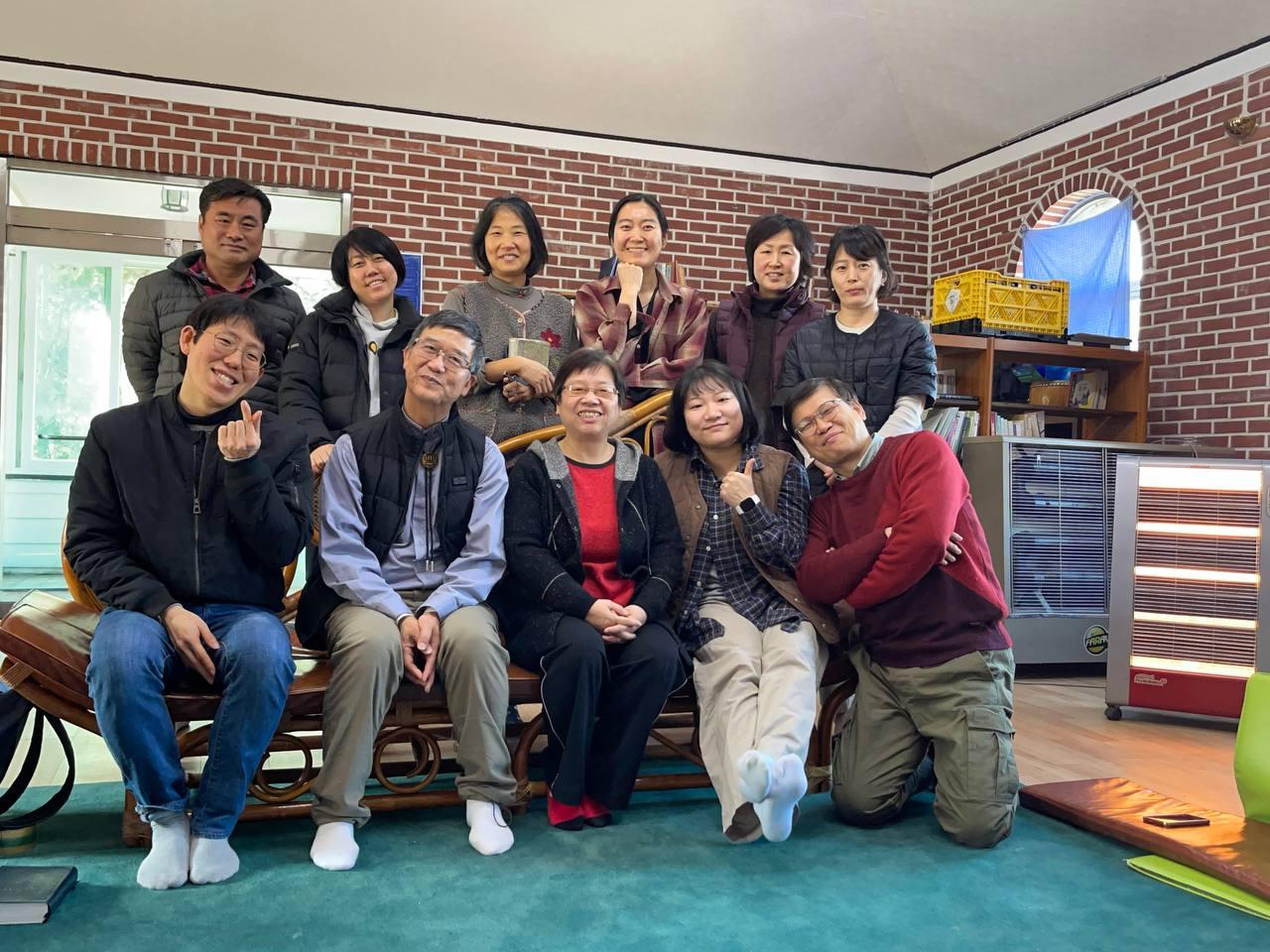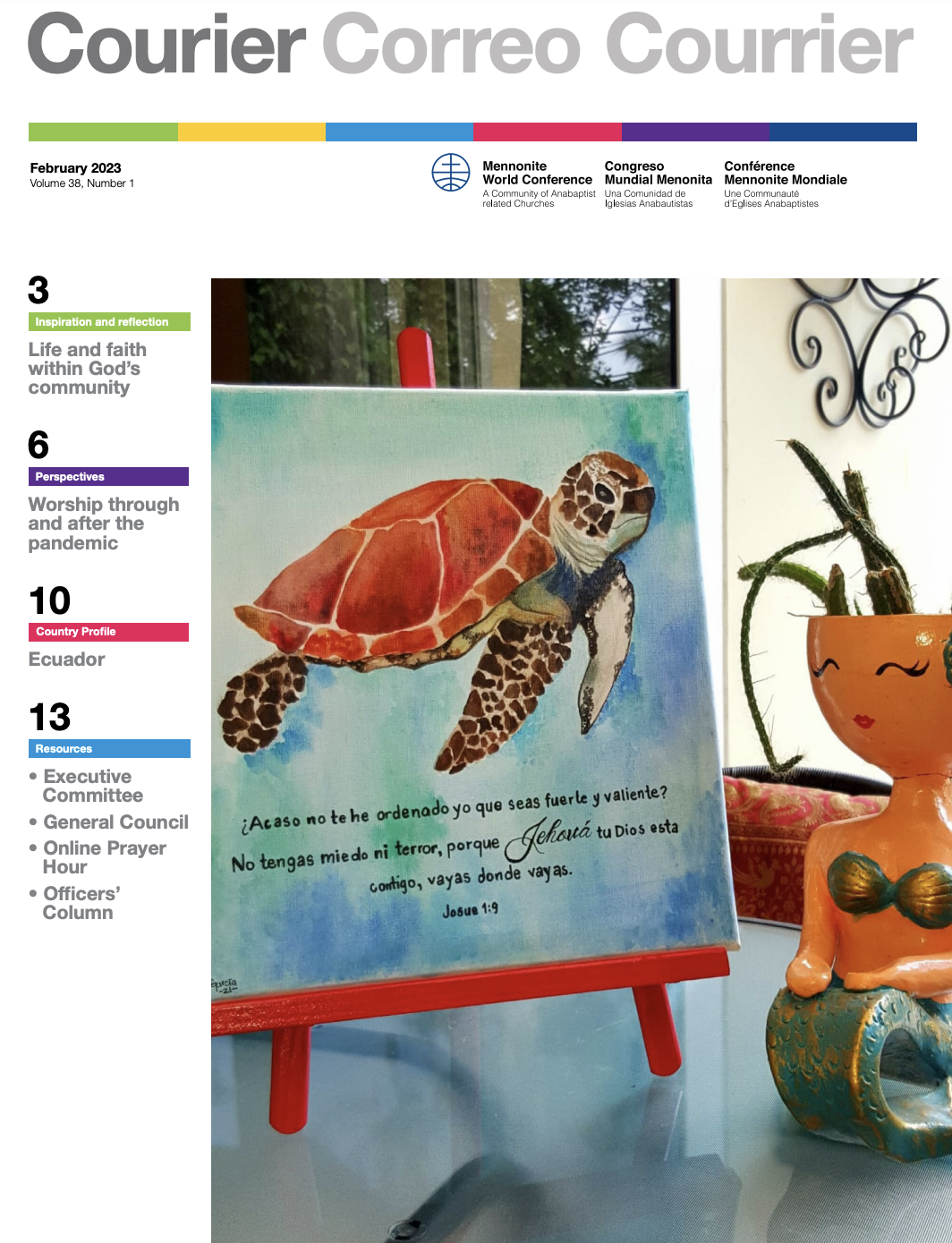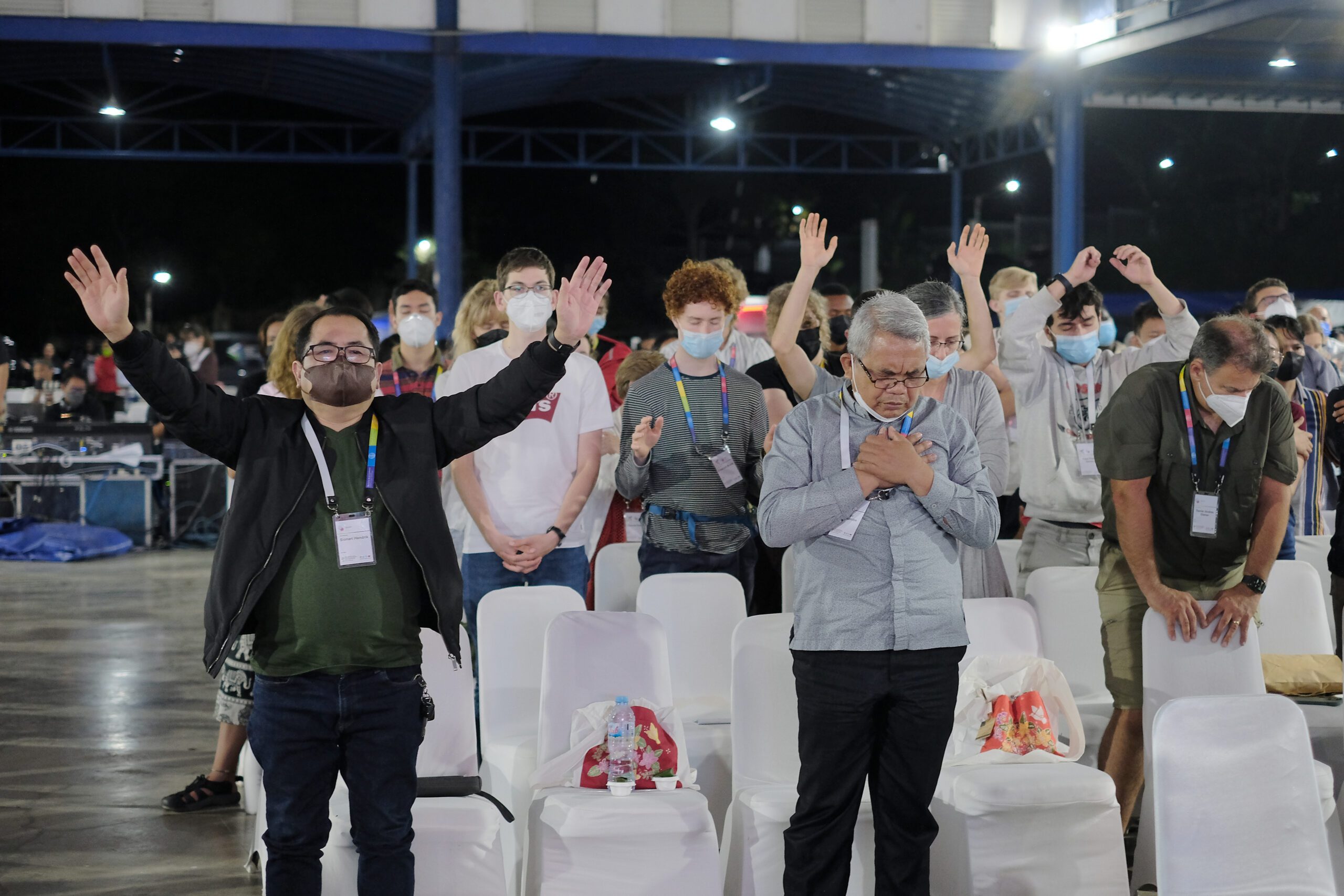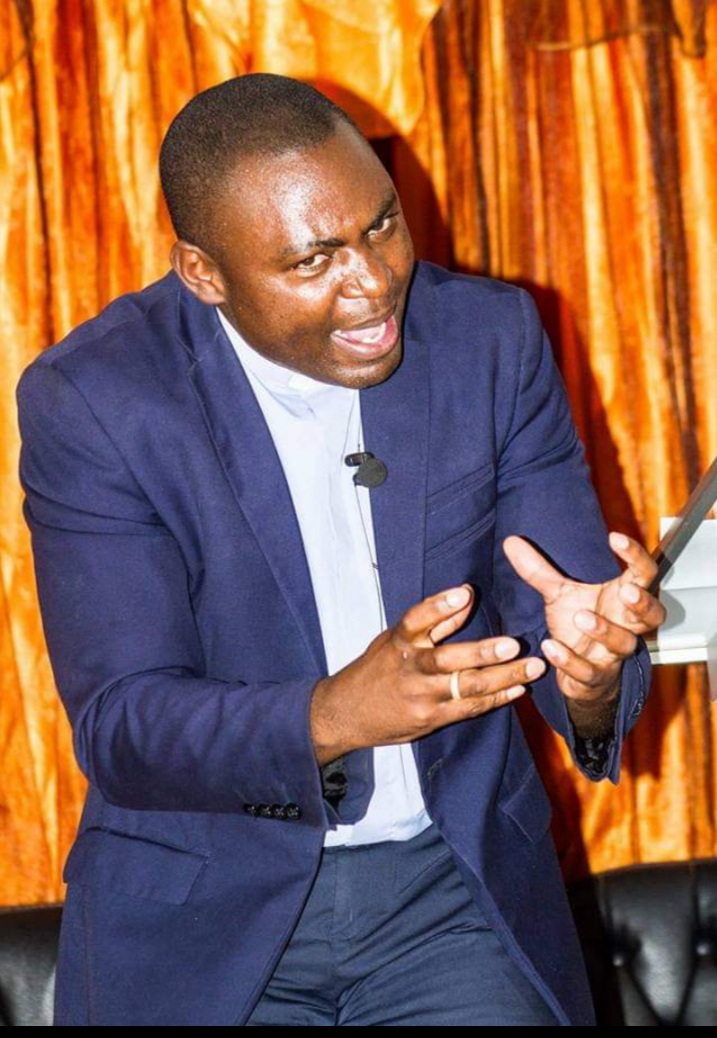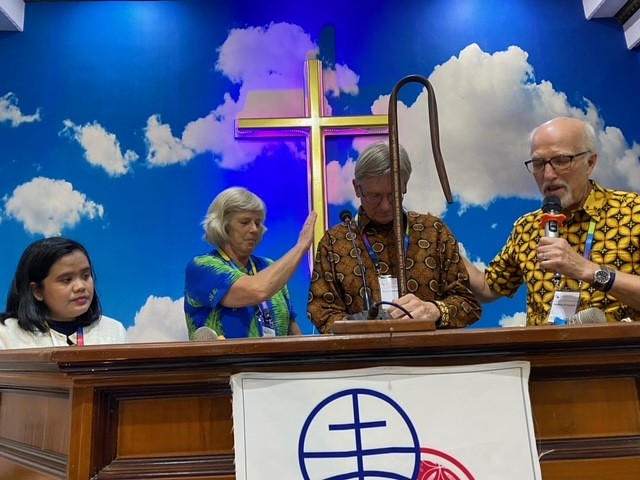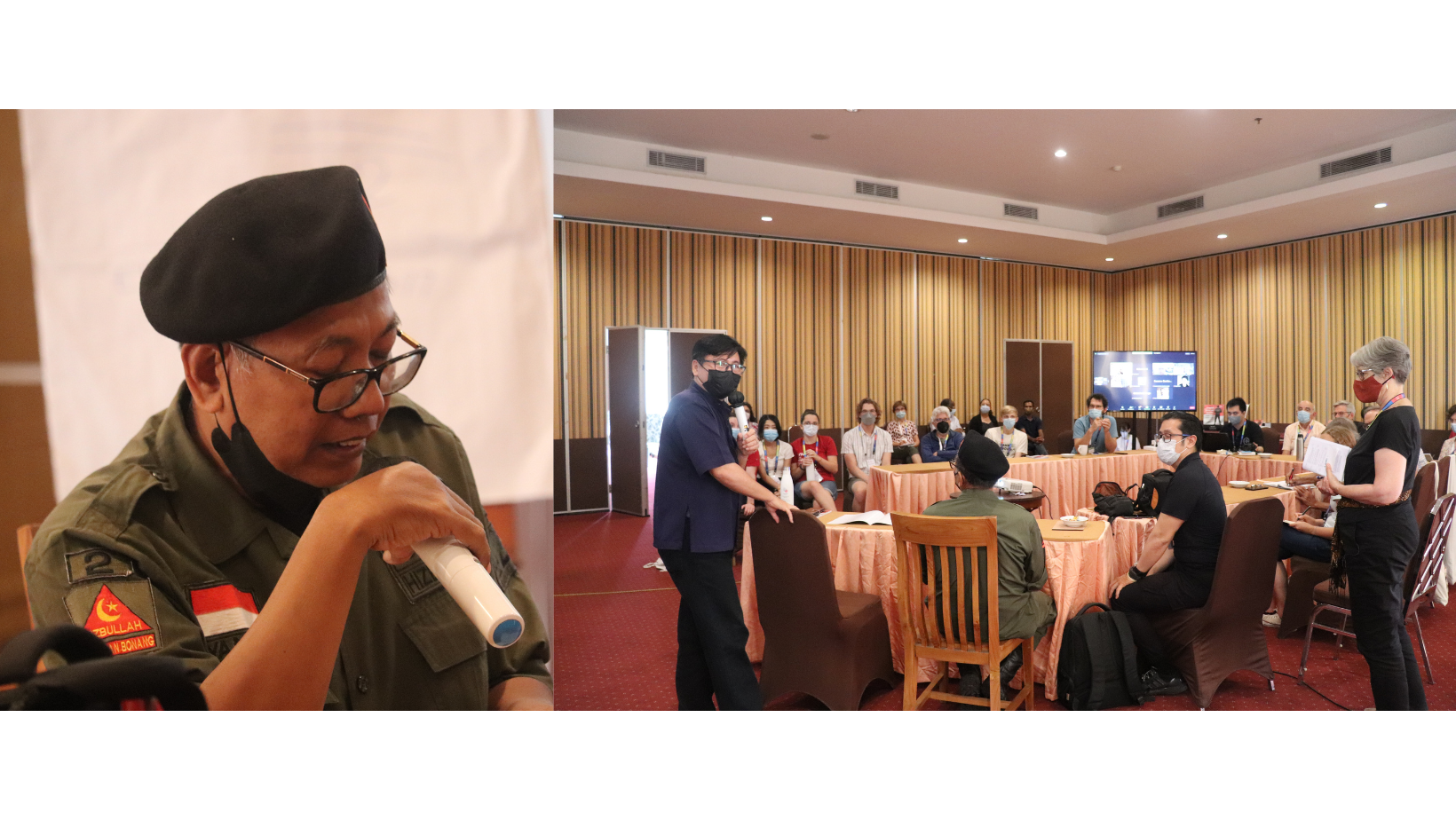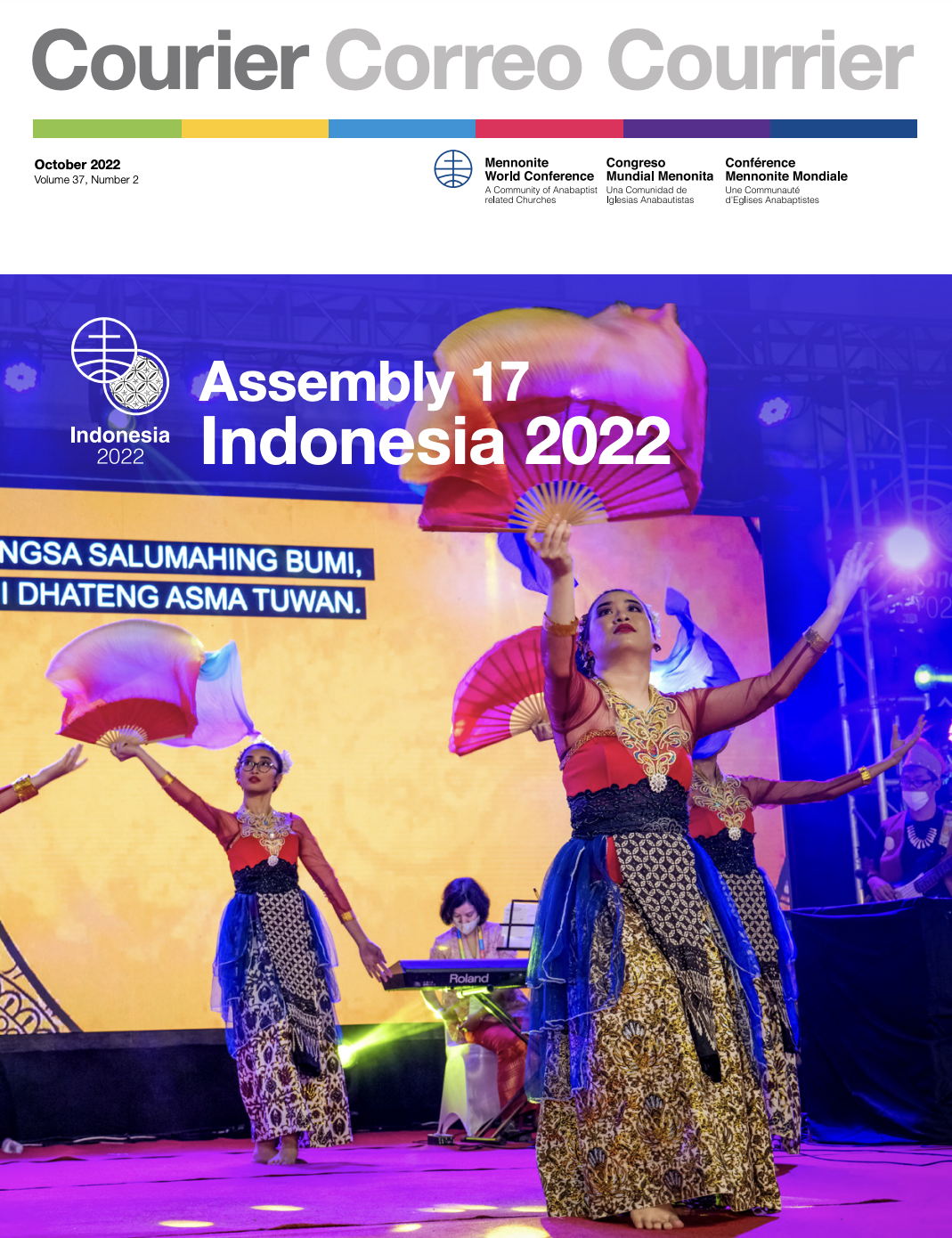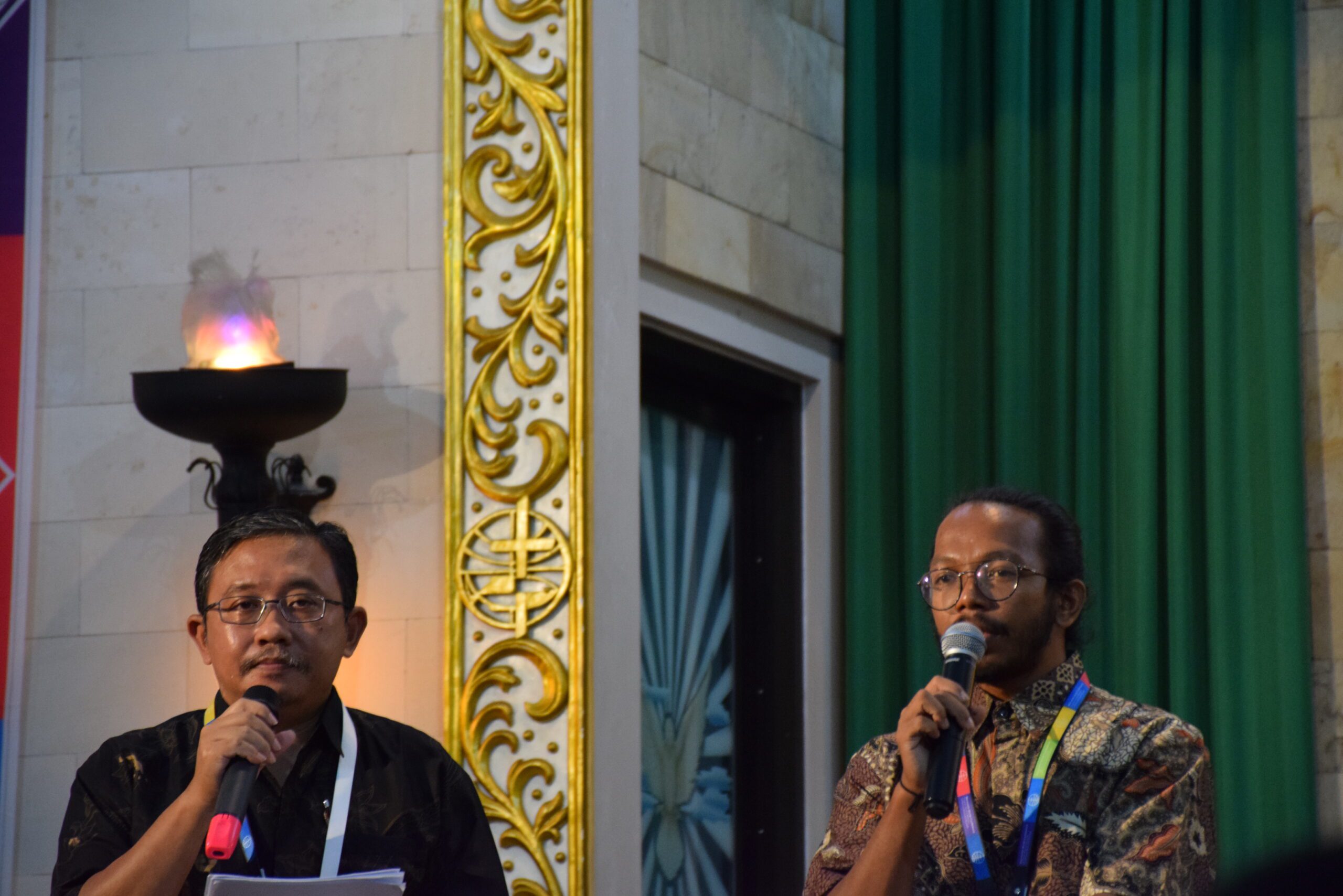-
Journeying into the unknown, tasting goodness now
South Korea was very successful in its response to the pandemic, especially during the early stages. The virus was contained and death rates were low although the government refrained from issuing drastic measures such as lockdowns or business closures.
-
Courier 2023 / 38.1
Click the thumbnail below to view PDF. Inspiration and reflection Perspectives Worship through and after the pandemic Country profile Resources General Secretary From the editor “When the music fades, all is stripped away,” Those opening words to “Heart of Worship,” a popular 1997 worship song by Matt Redman from the UK resonate with pandemic experiences.…
-
Following Jesus for real
Today, there are three national Mennonite churches in Ecuador, one of which is a member church of Mennonite World Conference. They form a small but interconnected group of churches living out Anabaptist faith in a largely Catholic country.
-
Unity with a purpose
According to our MWC vision, worship is one of the purposes of being one, of enjoying a global community of faith, of being a worldwide communion. In that sense, it follows the emphasis the book of Revelation gives to worship in a multicultural setting. The sentence “from every nation, from all tribes and peoples and…
-
Life and faith within God’s community
We never imagined that the pandemic and its scars would affect our lives and the lives of our institutions to the extent it has. The church could not divorce itself from the difficult realities we lived through, and that still affects the “new normal” we live with today. Like society at large, the church must…
-
More Courier in your inbox
In 2023, we want to offer you more opportunities to relate with Anabaptist-related churches worldwide as a global family of faith together. Courier will come to you four times in 2023: Readers will receive April and October issues in print or via email, according to their subscription preferences. However, new issues in February and July…
-
Meet MWC treasurer Sunoko Lin
MWC is a gathering place for each member church to encourage and strengthen each other by sharing resources with one another.
-
The house of God is never finished
It feels like a big responsibility; however, after four years of being president elect, I don’t know if I’m ready, but let’s begin. In MWC, we work as a team: the officers, Executive Committee, staff – we all work together. I feel honoured and humbled to stand in that line of presidents.
-
We are the hands of God in times of crisis
Trust in the power of the Holy Spirit that there is hope in this difficult time. We, as a communion of churches, will be each other’s help in times of need. When the power of the Holy Spirit flows through us you cannot help but take action. The Holy Spirit is our driving force to…
-
A good kind of infidel
“We were far away from peace, but now we are friends with Christians. We are working for peace and humility.” Through an interpreter, Commander Yanni Rusmanto from Solo, Indonesia, spoke at the “Mennonites in Indonesia and Radical Muslims making peace” workshop at Assembly 17 in Indonesia. This was one of several workshops on interfaith relationships…
-
Courier 2022 / 2 October
Plenary sermons Assembly overview Assembly activities Perspectives MWC leaders Resources
-
We speak the same language
“I cannot be grateful enough that even though we are a large and diverse group, we speak the same language: the language of love for Christ and his people,” says Daniel Nugroho. He was part of the team that made it possible for all to understand. Up to four interpreters from a team of 21…
